We receive hundreds of science questions each year, covering a huge range of topics – from energy unit comparisons to climatically stable retirement options. From primary school students to retirees, from politicians to electricians, we get questions from right across the spectrum. It’s great to know that people are engaged with such an important issue and are keen to learn more!
Here are some of the questions that we get asked quite often – also published in the Sydney Morning Herald today.
If the climate is changing, and temperatures are getting warmer, why was winter still so cold?
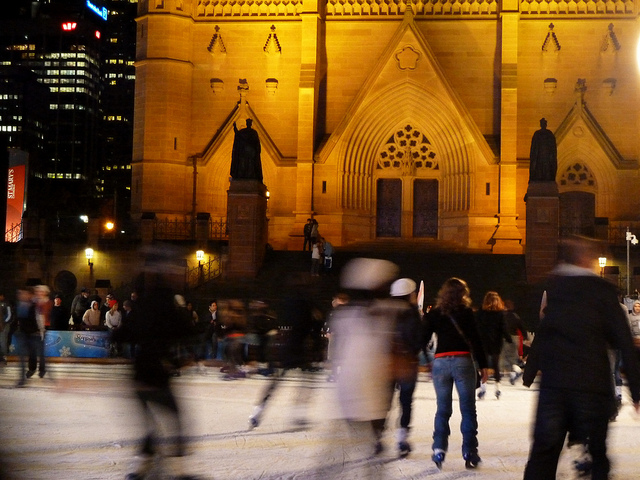
Winter always seems cold but if you look at the long term trend, Australian winters are definitely getting warmer across most of the country. Based on average temperatures, between 1970 and 2014, winter temperatures have increased most in southern and eastern Australia.
Even in a changing climate, there will still be day-to-day and year-to-year variability which will always include the cold and the hot. To get a picture of the impact of climate change on winter temperatures, look at the long-term trends rather than single-year data.
I keep seeing different numbers – how much has the temperature actually changed?
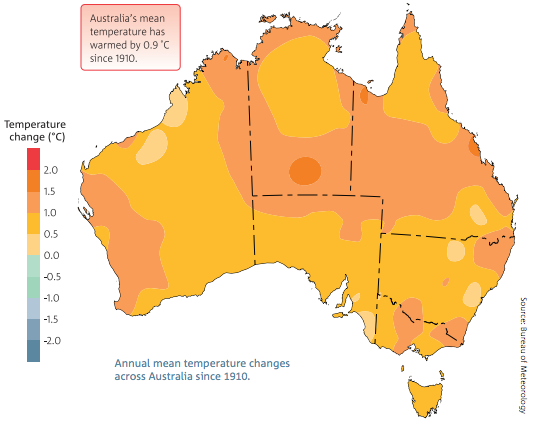
The science is very clear, but the numbers can sometimes vary because it depends on a number of factors – including where you’re talking about, when you’re talking about, and when you’re comparing it to.
According to the Bureau of Meteorology, Australia’s average surface air temperature (across the whole of the country, across the whole year) has warmed by 0.9°C since 1910. Seven of the ten warmest years on record have occurred since 1998.
Globally, 2014 was the world’s warmest year ever since global records began in 1880. The global average temperature for 2014 (across the whole globe, across the whole year) was 0.69°C above the 20th century average (between 1901 and 2000), beating the previous records set in 2010 and 2005. Globally, all of the world’s top 10 warmest years have occurred since 1998.
The numbers might seem small, but they include summer and winter, and everything from the coldest mountain tops to tropical beaches.
Don’t volcanoes emit greenhouse gases? And don’t they also heat the oceans?
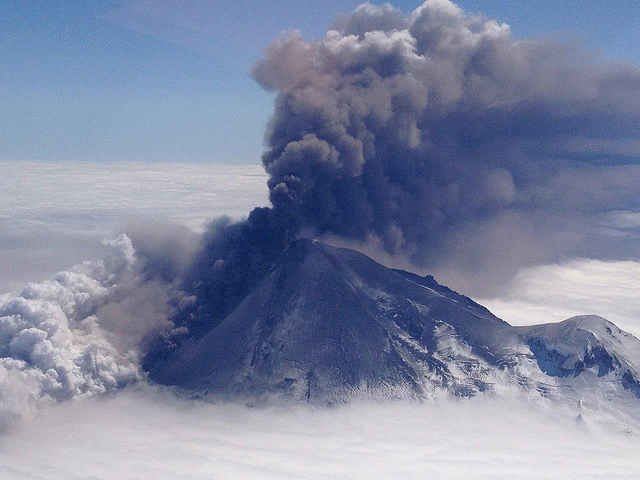
It’s true that active volcanoes emit small amounts of greenhouse gases every year, but the volume is tiny compared to human-caused emissions. All the volcanoes in the world emit less than 0.3 gigatonnes of carbon dioxide each year, whereas human emissions are over 36 gigatonnes each year.
During volcanic eruptions, volcanoes emit large amounts of volcanic gas, aerosol droplets, and ash into the high atmosphere. The ash is heavy and falls out of the atmosphere really rapidly and has little impact on climate change. Gases like carbon dioxide and sulfur dioxide stay in the atmosphere for much longer. While the greenhouse gases do have a global warming effect, the sulfur dioxide emissions actually cause global cooling – and the cooling effect generally outweighs the warming effect.
Has there been a global warming pause?
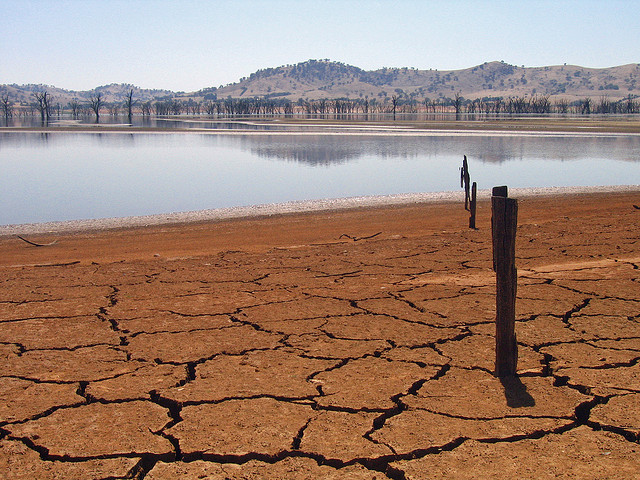
Unfortunately not – the climate is continuing to change. NASA, NOAA, the IPCC and a long list of other trusted organisations have confirmed that yearly global average temperature continues to climb. 2013 was Australia’s hottest year on record, and 2014 was the world’s hottest year on record.
Where should I retire to?
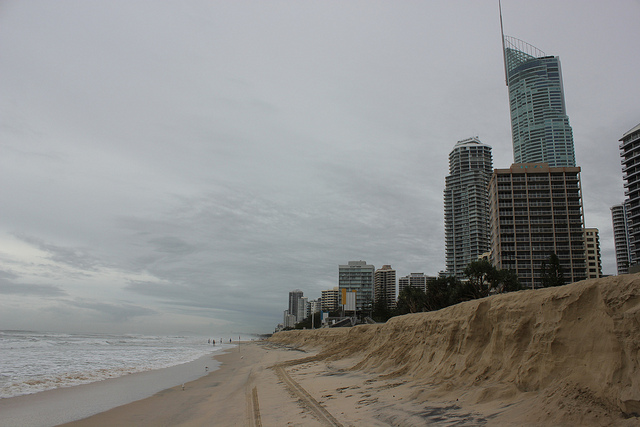
In terms of where in Australia will be impacted by a changing climate (and what you should keep in mind when deciding where to retire to), you can find a lot of information on the Bureau of Meteorology website, in the joint publication by the BoM and CSIRO, and also in some of the climate council reports which you can browse on our website.
In the long term things to keep in mind include; sea level rise if you’re looking to retire on the water’s edge, and hot days getting hotter in some southern and eastern parts of the country.
Image credits:
- Flickr user Kayhadrin licensed under CC BY-NC-SA 2.0
- Bureau of Meteorology
- Flickr user NASA Goddard Space Flight Center licensed under CC BY 2.0
- Flickr user Tim J Keegan CC BY-SA 2.0
- Flickr user Holiday Point licensed under CC BY-NC 2.0